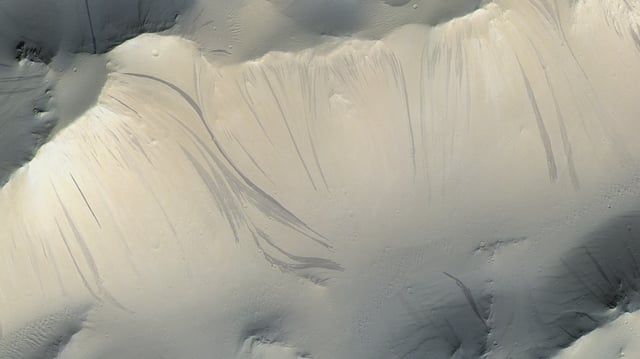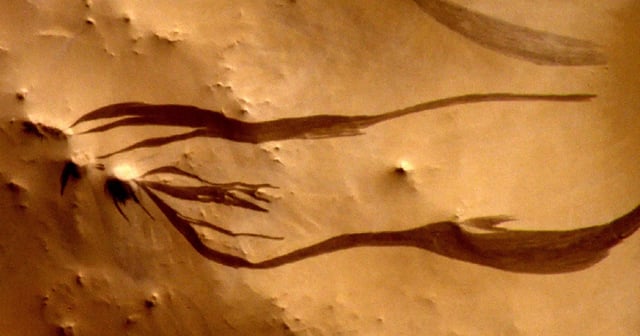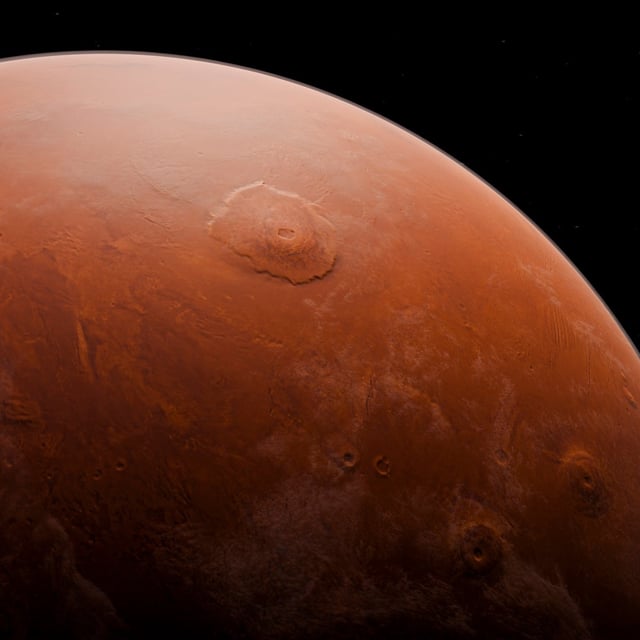Overview
- A peer-reviewed study in *Nature Communications* concludes that Martian slope streaks and recurring slope lineae (RSL) form through dry dust avalanches, not liquid water flows.
- Researchers used machine learning on over 86,000 satellite images to create a global catalog of more than 500,000 slope streak features on Mars.
- Geostatistical analysis shows these features correlate with high wind speeds and dust deposition, but not with humidity, temperature fluctuations, or slope orientation.
- The findings reduce concerns about contamination risks, potentially easing planetary protection protocols for future missions targeting these regions.
- The absence of liquid water evidence suggests these areas are unlikely to host habitable conditions, reshaping our understanding of Mars' modern climate.



